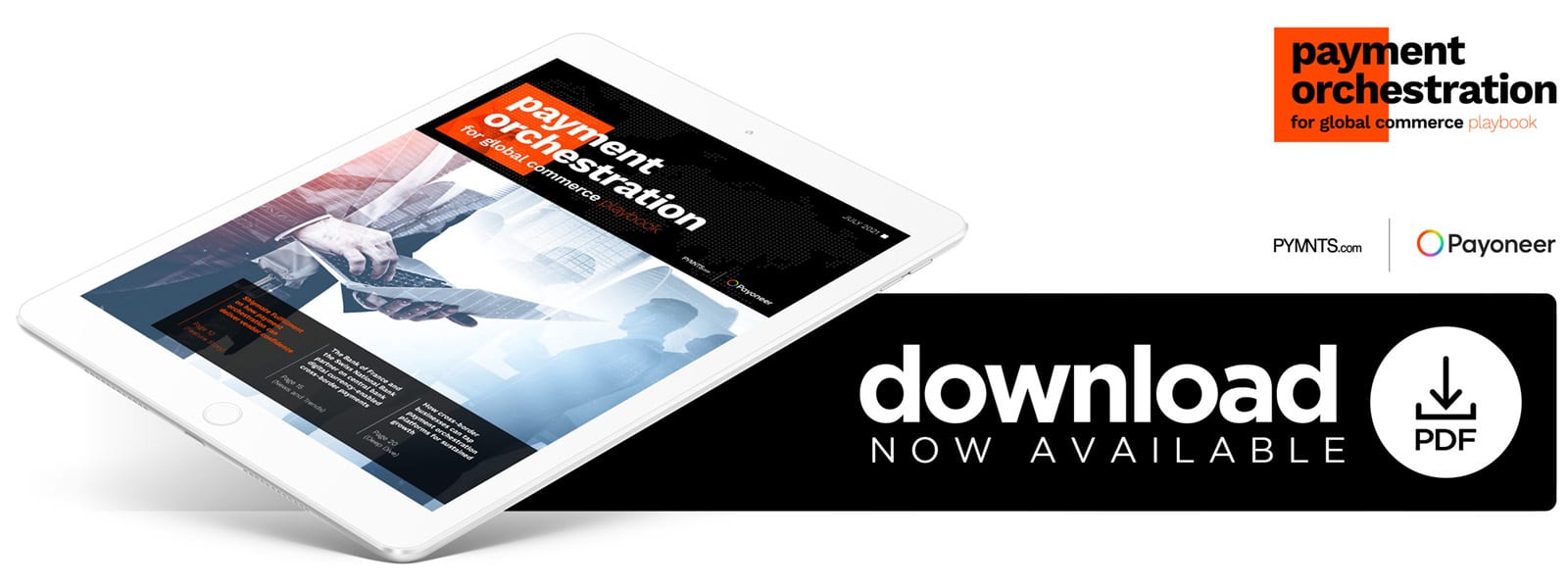Deep Dive: The Benefits Of Tapping Payment Orchestration To Drive Long-Term Business Growth

Digital businesses have experienced some pandemic-influenced gains within the 15 months since March 2020, and the global rise in consumer demand for digital commerce shows no signs of slowing. eCommerce sales are projected to grow 18 percent in 2021, on track to account for more than 20 percent of all U.S. retail revenue by 2024. The global over-the-top (OTT) streaming market, dominated by major players like Netflix, Amazon Prime Video and Disney+, is not far behind. It is expected to expand at a CAGR of 16 percent through 2025 and reach a total estimated market value of $257 billion.
This ongoing wave of interest in new digital commerce experiences presents a massive opportunity for businesses across the globe, but tapping into this demand may not be as easy as imagined. It is difficult enough to add the new payments capabilities needed to expand into new markets, and growth can become a pain point if firms cannot find a way to enhance their payment efficiencies at scale.
There is no one-size-fits-all roadmap that businesses can use to guide their path to expansion, either, but a specific tool can support them on their journey: payment orchestration. In this month’s Deep Dive, PYMNTS examines the benefits that international enterprises can gain from utilizing payment orchestration to manage their payments operations.
Healing Growing Pains With Payment Orchestration
International enterprises face a barrage of potential roadblocks when they enter a new market. They must add payment methods native to these markets to their payment stacks and also ensure that they are operating in accordance with local know your customer (KYC) and anti-money laundering (AML) regulations, such as the payment card industry (PCI) standards and the strong customer authentication (SCA) requirements set out by the EU Revised Directive on Payments Services (PSD2). This often means finding new PSPs, payment methods, acquirers and risk providers to deliver the geographic-specific services needed to establish a local presence. U.S. businesses looking to expand into China might need to partner with AliPay or WeChat Pay, for example, in addition to needing to abide by local regulatory compliance requirements that can vary drastically from region to region.
Adding new payments capabilities like these is often not enough to optimize cross-border payments flows, however. Legacy cross-border payments practices like correspondent banking and manual processing can add time and frustration to this already-complex process, and uncontrollable variables like a payment provider’s sudden downtime or new regulatory compliance add more friction. Because of frictions like these, international U.S. businesses wait 53 percent longer to receive cross-border payments than they do to receive domestic payments, on average.
International businesses are not the only companies that must learn to manage such roadblocks, though. Growing enterprises often face similar challenges, even if they are not expanding into new geographic regions. This is partly because many are attached to slow, clunky legacy payment systems that can hamper their growth and need to be updated in order to scale. It follows that 96 percent of chief financial officers say they plan to digitize their accounts receivable (AR) and accounts payable (AP) operations within the next few years to improve the efficiency of their current systems.
Orchestrating Long-Term Growth
Payment orchestration providers can help alleviate many of the growing pains that businesses experience when they expand. They do so by providing a payment orchestration layer, which can support growth and facilitate more flexible payment flow management as businesses alter their payments stacks.
Adding and removing payment capabilities is a necessary step for any growing business. As enterprises’ payment needs change, they need to adjust their payment capabilities to help realize their growth strategy. This is an ongoing process that all businesses must do to operate at maximum efficiency.
The trouble is that adding and removing capabilities without a payment orchestration layer can be expensive and time-consuming. It might require businesses to make fundamental changes to their IT infrastructures and even rebuild them from scratch. Businesses need to build and later maintain only one connection with payment orchestration, which gives them access to their desired payment partners across the world while providing value-added services like routing, reconciliation, payment analytics and more. This saves time and resources otherwise spent on building and maintaining several cumbersome payment interfaces.
An application programming interface (API)-integrated payment orchestration layer also enables businesses to add and remove features from their payments as they please, often with minimal friction. The integrated user interface that payment orchestration layers provide typically allows payments decision-makers to alter their stacks with the click of a button, removing the cost and hassle of adjusting their IT infrastructures or searching for and switching out new PSPs as they expand. This provides the operational freedom and breathing room companies require to fuel long-term growth.

